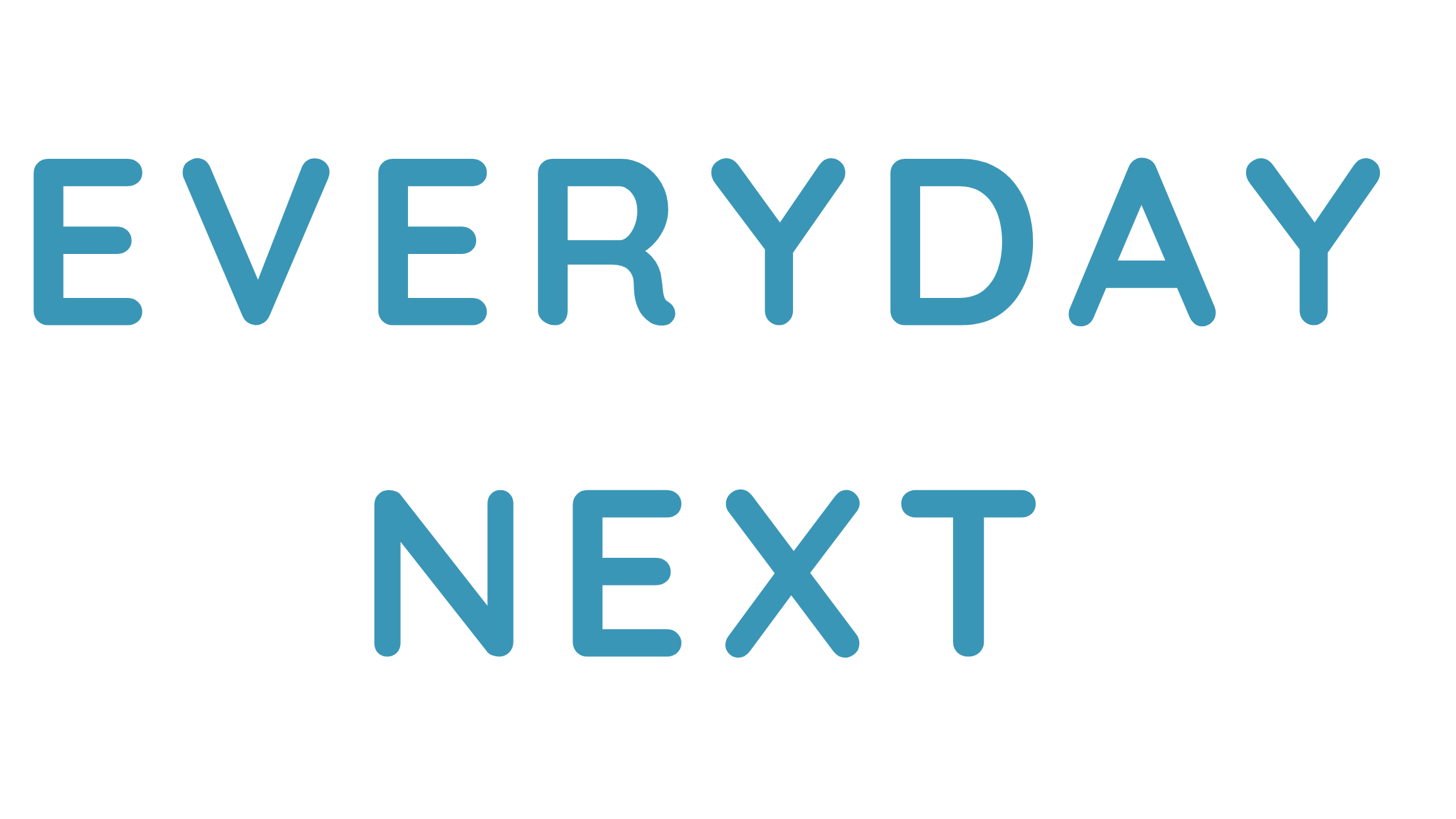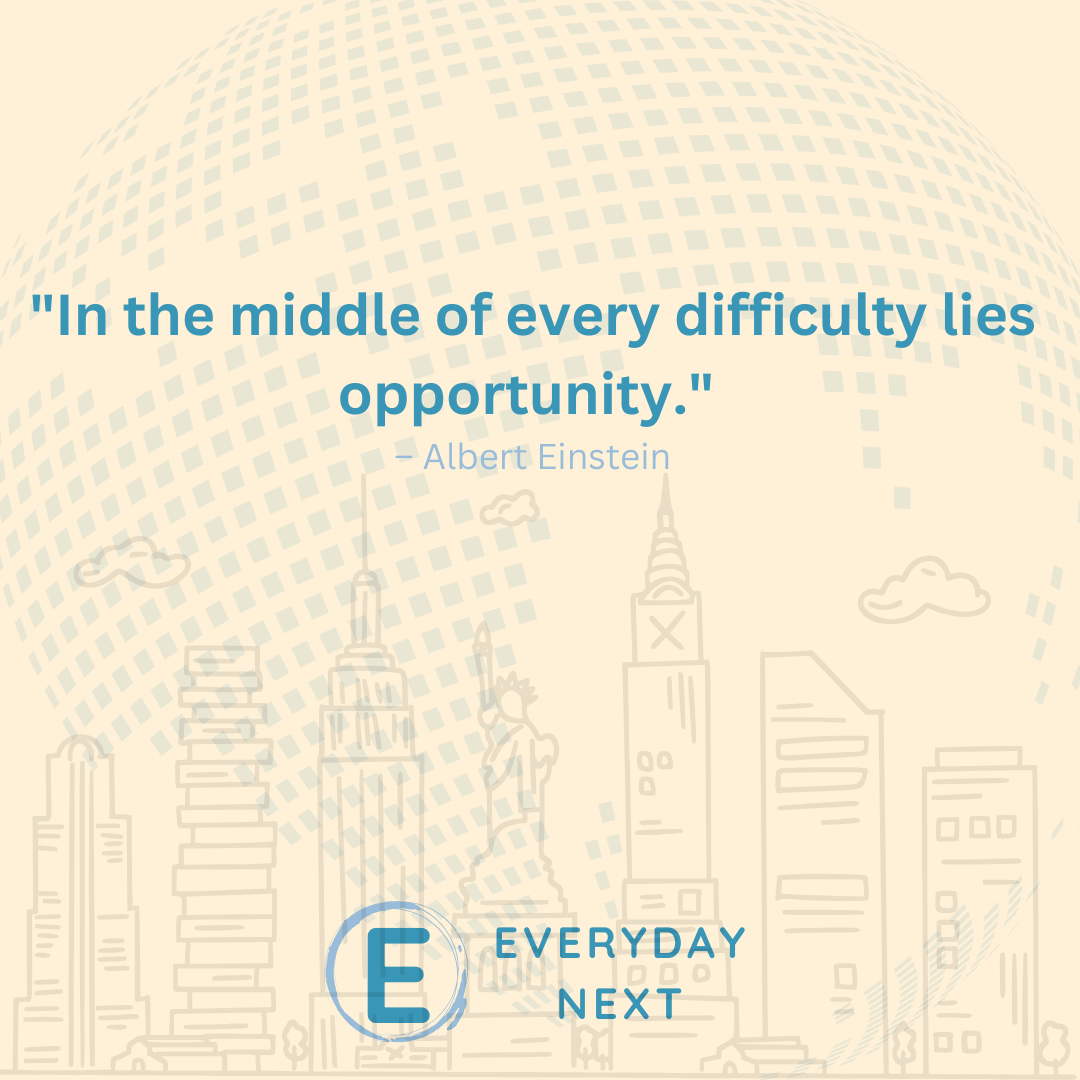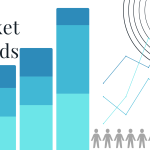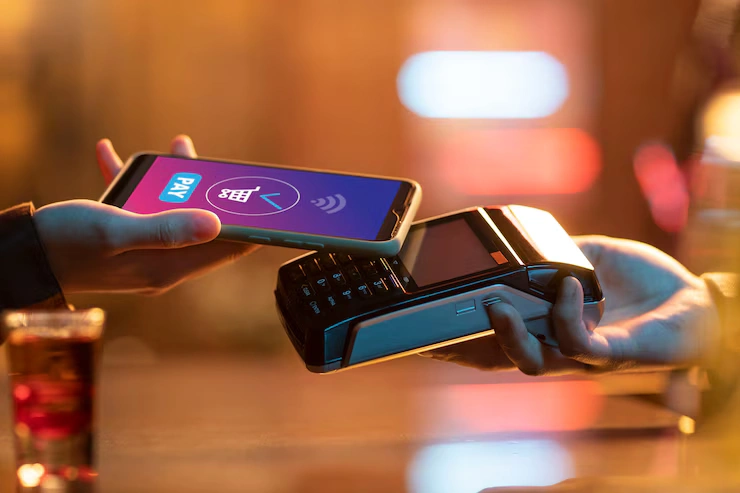
Fintech Revolution: 2025 Digital Payment Trends to Watch
In 2025, the world of Digital Payment is changing fast. With people using smartphones more than ever, cash is slowly fading away. From groceries to rent, everything is now being paid online. Fintech companies are building fast, safe, and smart ways to move money. Digital payment is not just for cities anymore, it’s reaching rural towns and small shops. This year is shaping the future of how we pay, save, and shop.
Contactless and QR Payments Leading the Way
Digital payment methods such as tap-and-pay cards and QR codes have become very common in 2025. They are easy to use, fast, and contactless, making them very popular, especially after the pandemic. More stores than ever before now accept digital payment. QR codes appear on bills, menus, and even on the walls of shops. Smart cards let users pay just by tapping. Mobile wallets like Apple Pay, Google Pay, and many local apps have millions of users worldwide. Even small vendors and street sellers are adopting QR-based digital payment apps. Public transport systems in many cities have also switched to fully contactless payments. This growing trend saves time for users, reduces fraud, and increases trust in digital payment systems.

Rise of Buy Now, Pay Later (BNPL) Services
The “Buy Now, Pay Later” option has become one of the fastest-growing digital payment trends. In 2025, this model is no longer just for Big Purchases, people are using it for clothes, food, and even travel.
- BNPL lets users split bills into smaller amounts.
- Fintech firms offer interest-free periods.
- Young users like the flexibility it offers.
- BNPL apps are now linked to digital wallets.
- Brands are using BNPL to attract more online shoppers.
This model is creating a new way for people to manage budgets and still enjoy online shopping.
AI and Biometrics Make Payments Safer
Security is a major concern in digital payment. In 2025, technology is making transactions safer and smarter. Artificial Intelligence (AI) now watches your habits and flags anything unusual. Biometric security is also on the rise. People are using face scans, fingerprints, and even voice recognition to approve payments. This means no more passwords or PIN codes to remember. Banks and fintech apps are using these tools to block fraud in real-time. As a result, digital payment is becoming more trusted across all age groups.
Global Expansion and Cross-Border Payments
2025 is the year digital payment goes global. Sending money across countries has become faster and cheaper. This is great news for freelancers, remote workers, and families sending money home.
Let’s look at a quick comparison of some key platforms:
| Platform | Region Focus | Speed (Avg.) |
| Wise | Global | Few minutes |
| Revolut | UK, Europe, US | Real-time |
| Payoneer | Worldwide | 1-2 days |
| PayPal | Global | 1-3 hours |
| Remitly | Asia, Africa | 1 hour or less |
| WorldRemit | 130+ countries | Real-time |
These platforms support fast digital payment with low fees and real-time tracking. Businesses and individuals are shifting away from traditional banks.
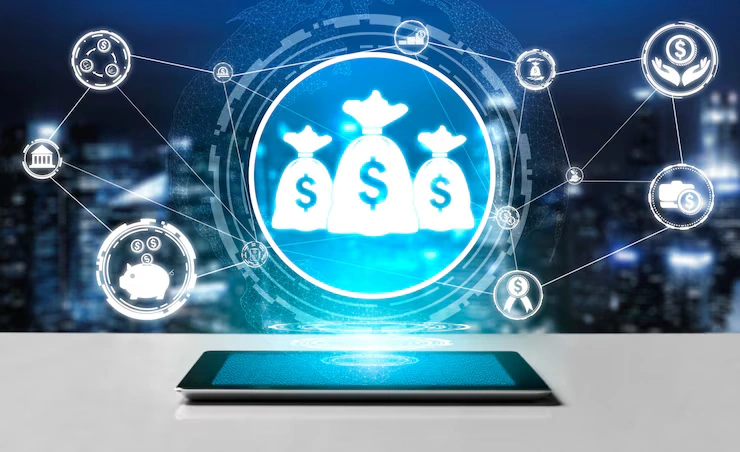
Digital Wallets Becoming Super Apps
Digital Wallets are no longer just for payments. In 2025, they offer full services, making them feel like mini banks in your pocket.
- Wallets can store money, pay bills, and send gifts.
- Some allow small savings accounts with interest.
- Users can invest in stocks or crypto right inside the app.
- Cashback and reward points are built-in.
- Wallets link to loyalty cards, coupons, and ticket booking.
This makes digital payment a daily habit, not just a feature.
Challenges the Industry Still Faces
Even with so much growth, there are problems to solve. Some users still don’t trust digital payment fully. Older adults find apps hard to use. In some areas, the internet is too slow or not available. Fraud and scams still happen, especially through fake links and calls. Digital payment apps must keep improving help centers and safety tools. Governments also need stronger rules to protect users. These challenges are slowing progress but also pushing developers to build better solutions.
New Features Driving Digital Payment Growth
As digital payment continues to grow in 2025, innovation is driving new features that go beyond simple money transfers. Fintech companies are integrating services like budgeting tools, personalized offers, and Real-Time Spending alerts into payment apps. These tools help users make smarter financial decisions and manage their money better. Additionally, collaboration between banks, tech firms, and regulators is creating a safer environment for digital payment users. With such advancements, digital payment is not just changing how we pay, it’s changing how we think about money itself.

Conclusion: A Cashless Future Is Closer Than Ever
In 2025, digital payment is no longer just a convenience; it has become an essential part of everyday life for millions around the world. From quick QR code scans at local shops to advanced AI-powered security systems protecting transactions, the fintech revolution is making payments faster, safer, and more accessible than ever before. This widespread adoption is changing how people shop, send money, and manage their finances.
While challenges like digital literacy, internet access, and fraud still exist, ongoing improvements in technology and stronger security measures are helping to build greater trust among users. Governments and companies are also working to make digital payment more inclusive and secure. As more individuals and businesses embrace these new payment methods, we are moving steadily toward a future where cash is rarely needed, and money moves effortlessly at our fingertips.
FAQs
Q1: What is digital payment?
A digital payment is any money transaction done online or through a device like a phone or card reader.
Q2: Why is digital payment growing in 2025?
More people have smartphones, trust fintech apps, and prefer contactless ways to pay.
Q3: Are digital payments safe?
Yes. In 2025, AI and biometrics help protect users from fraud and theft.
Q4: What is a digital wallet?
It’s a mobile app that stores money, helps pay bills, and even offers cashback or rewards.
Q5: What is Buy Now, Pay Later (BNPL)?
BNPL lets you split your payment into small parts over time, often with no interest.
